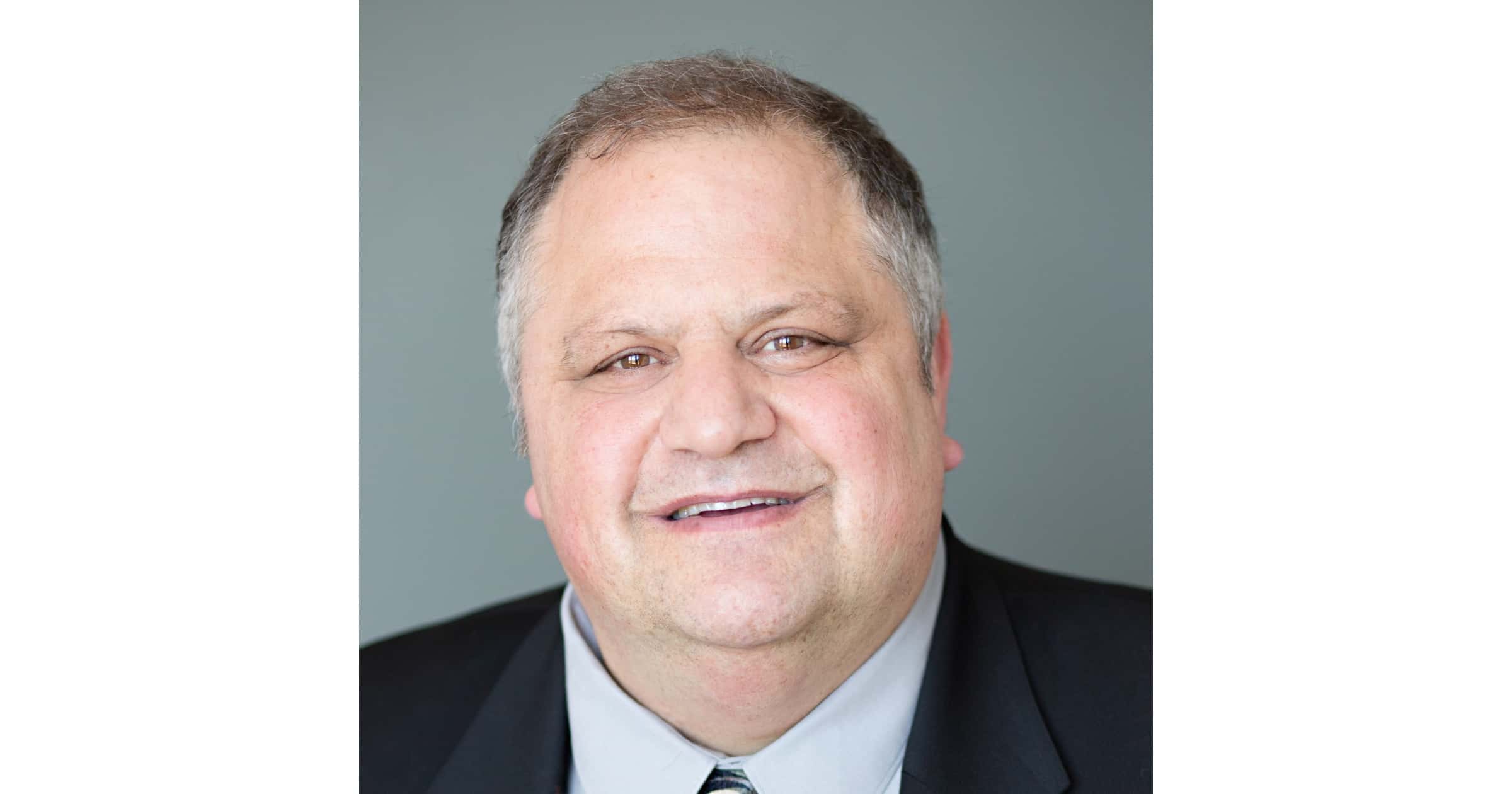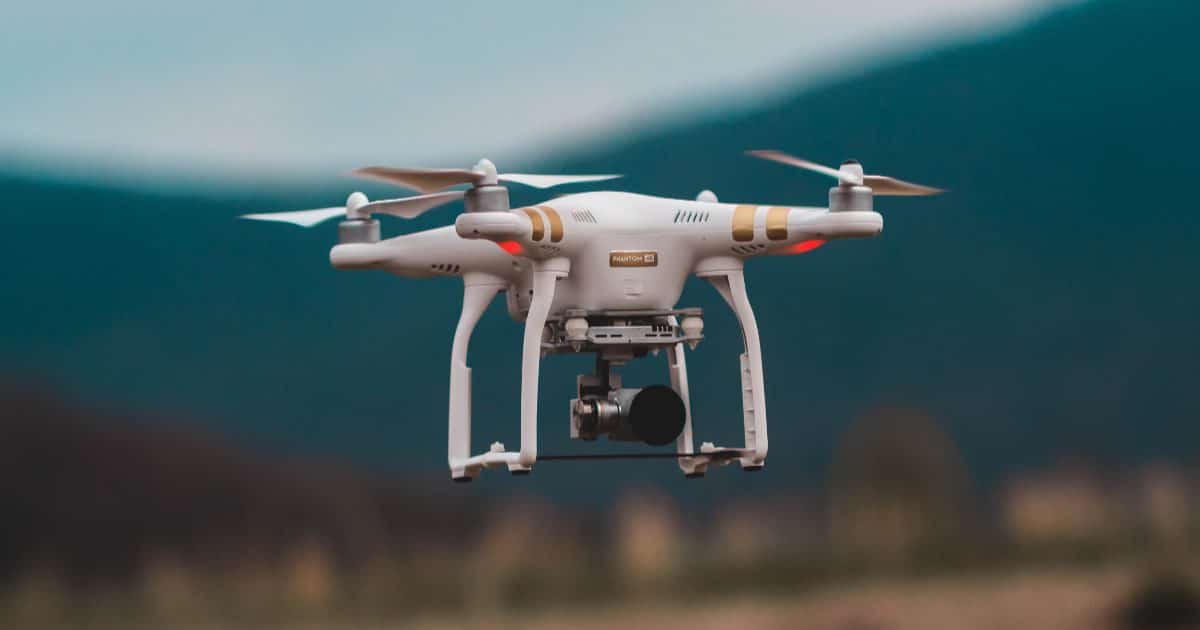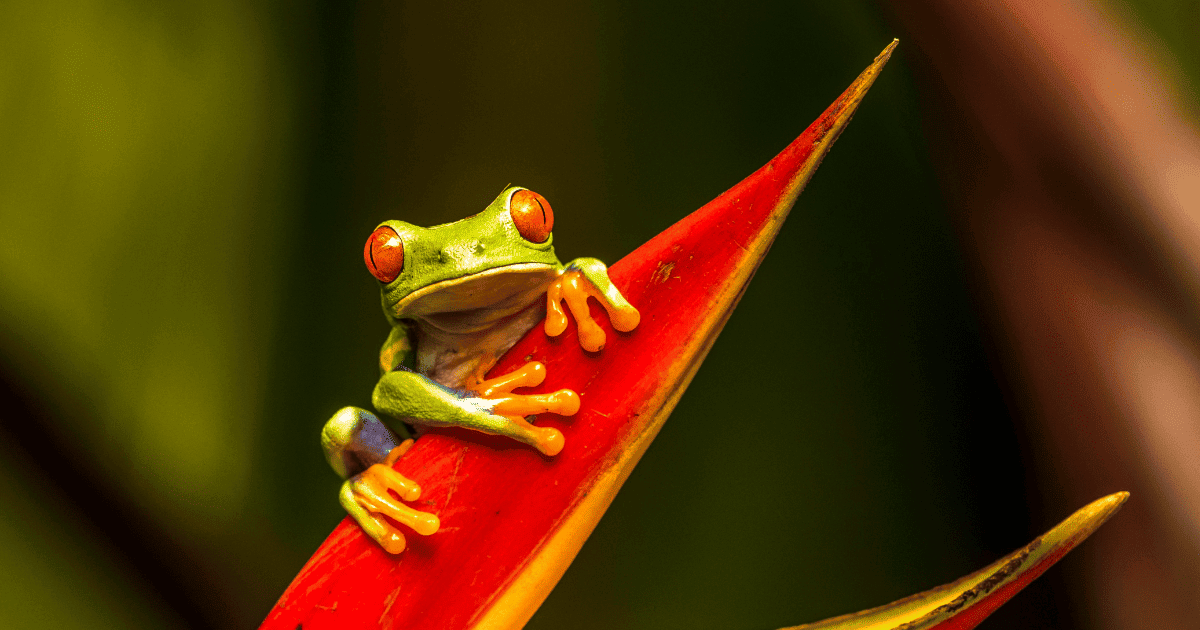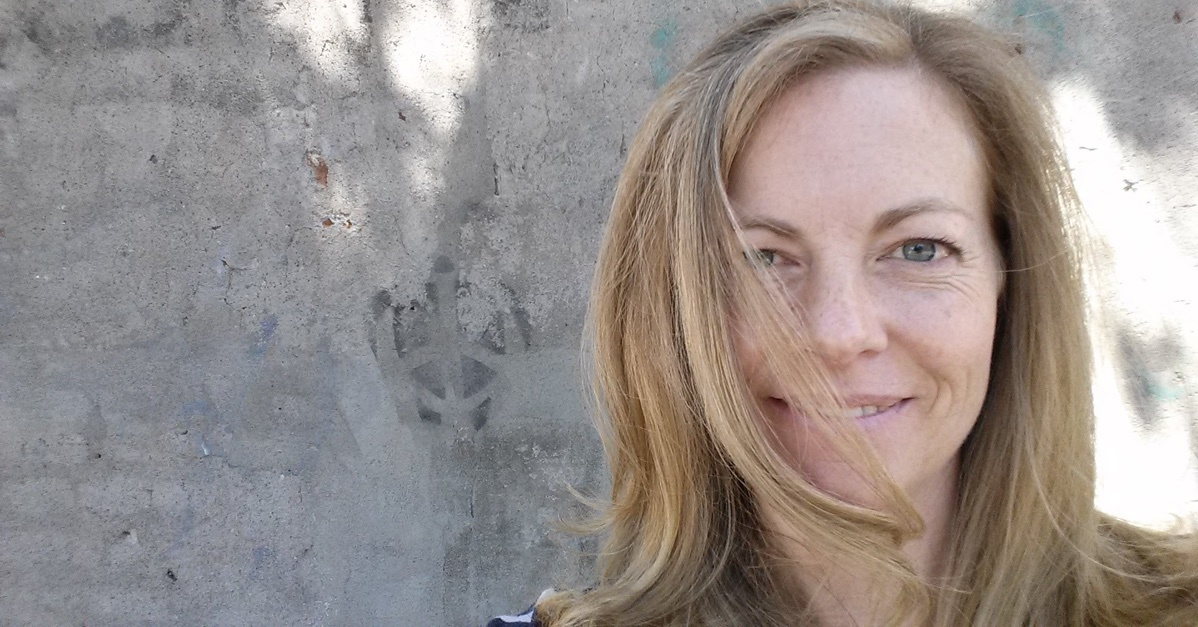Dr. Jessica Hebert is a postdoctoral fellow in the Department of Anesthesiology and Perioperative Medicine at the Oregon Health & Science University. She earned a Ph.D. in Biology from Portland State in 2018. When not sciencing, Dr. Hebert is an international, award-winning public science communicator and an Science Communication Fellow at the Oregon Museum of Science and Industry.
Jessica got turned onto science watching Star Trek: Voyager with her father — along with reading the works of scifi author Robert Heinlein. While she pondered becoming a physician, she quickly realized her passion is biomedical research. We chatted about her Ph.D. work on the human placenta, and it was fascinating. She also shared some important details of preeclampsia. Jessica does science communication at the Oregon Museum of Science and Industry and is a member of the folk band, The PDX Broadsides. This is a wide-ranging, energetic, exciting interview.





